How To Use HDMI & VGA at The Same Time for Dual Monitors?
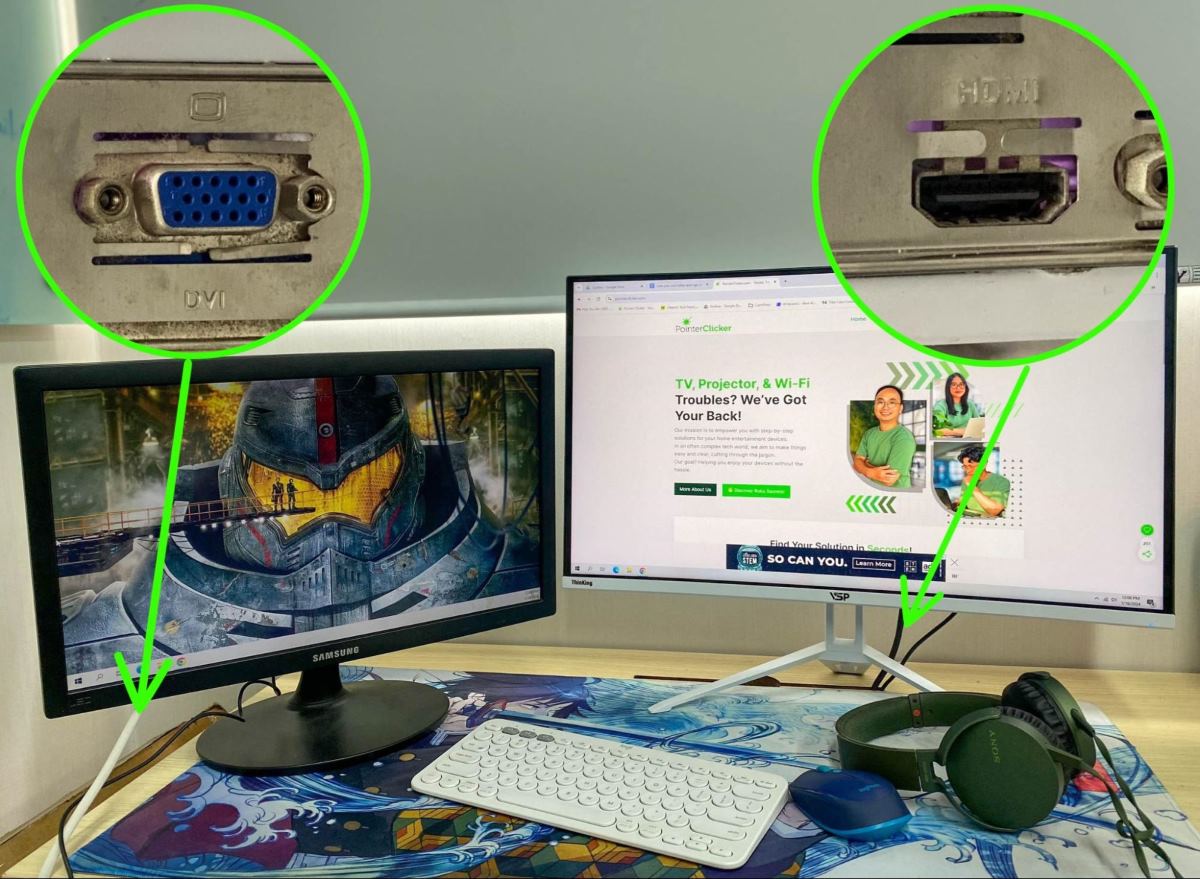
What To Know
- Confirm your PC’s graphics card has both HDMI and VGA ports by checking the back of your PC case, and ensure your motherboard supports dual-monitor setups through your PC’s Display settings or by checking online specifications.
- Connect your main monitor using an HDMI cable and set its input to HDMI, then connect your secondary monitor with a VGA cable and set its input to VGA.
- Adjust your PC’s Display settings to Extend these displays and fine-tune each screen’s resolution, orientation, and text scaling for a complete dual-monitor setup.
In this guide, I’ll teach you how to use HDMI & VGA on your PC at the same time for dual monitors.
Let’s dive in!
Quick Navigation
Two Requirements
If you’re interested in setting up dual monitors on your computer using HDMI and VGA at the same time, it’s important to check two key requirements.
1. Check if Your PC’s Graphics Card Supports Both HDMI and VGA Connections
First, make sure your PC’s graphics card can handle both HDMI and VGA connections.
You can easily do this by looking at the back of your PC case, where the graphics card is located.
There, you’ll find different connection ports.
The HDMI port is easy to spot because it’s rectangular and clearly marked with “HDMI.”
The VGA port is usually blue, has a symbol that looks like a small monitor, or might be labeled “VGA”.
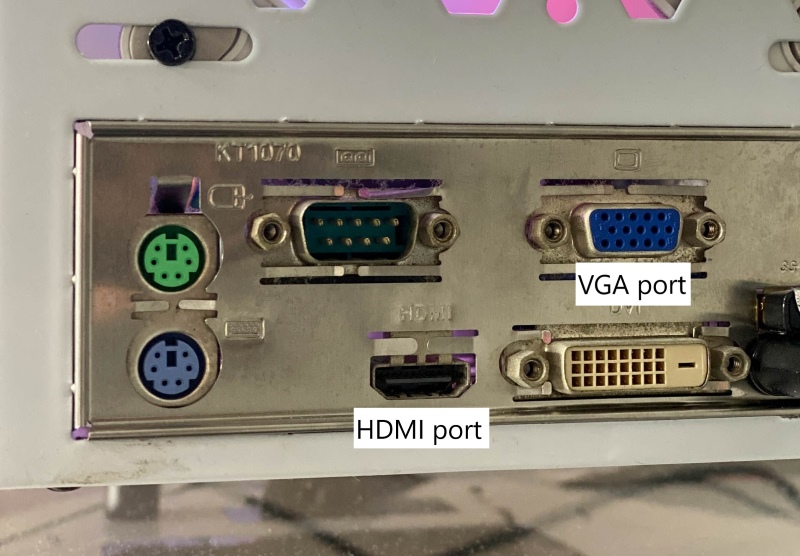
2. Ensure Your PC’s Motherboard Supports a Dual-Monitor Setup
Secondly, it’s crucial to confirm that your PC’s motherboard is compatible with a dual-monitor setup.
A quick way to check this is by going to your PC’s Display settings.
If there’s an option for Multiple Displays, then your system is likely ready for dual monitors.
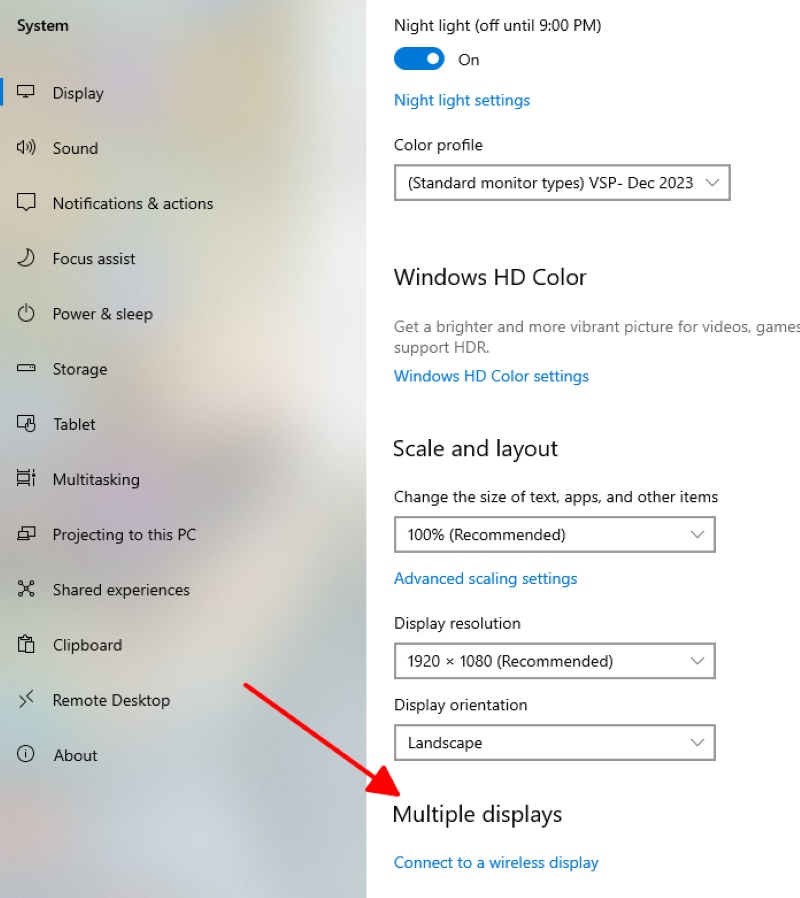
For a more thorough check, you can research your motherboard’s specifications online.
Start by identifying your motherboard’s model name.
You can find this information in the System Information section of your PC, under the BaseBoard Product line.
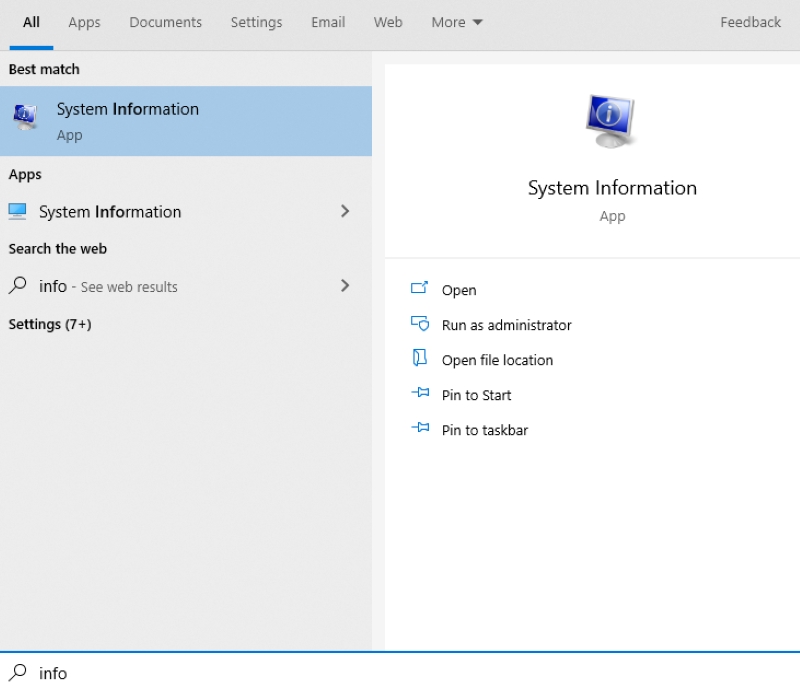
For instance, my motherboard is an H110M4-C43.
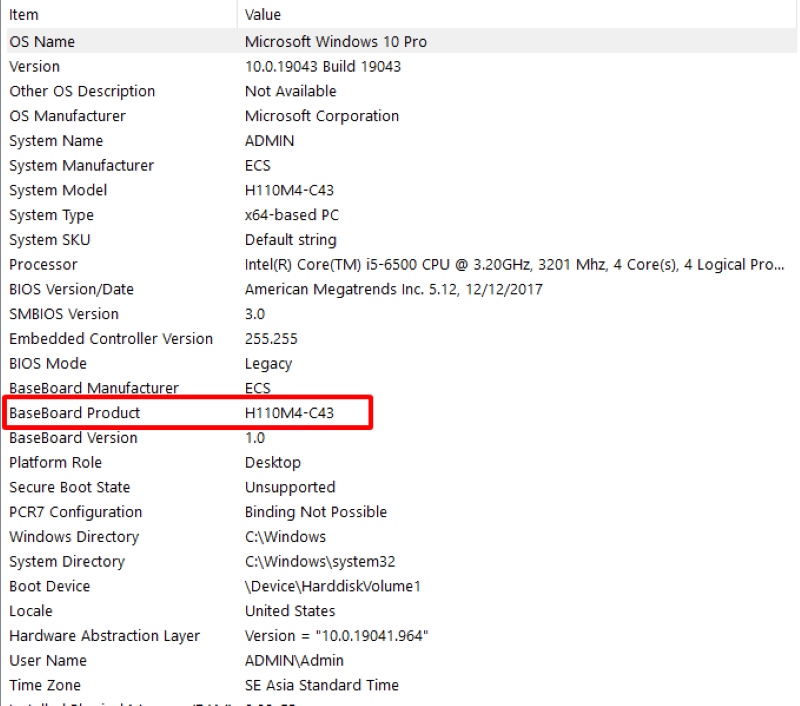
When I checked my motherboard on the manufacturer’s website, I learned that it supports Dual Display mode, which might also be called Multi-Display or Multi-Monitor in different terminologies.
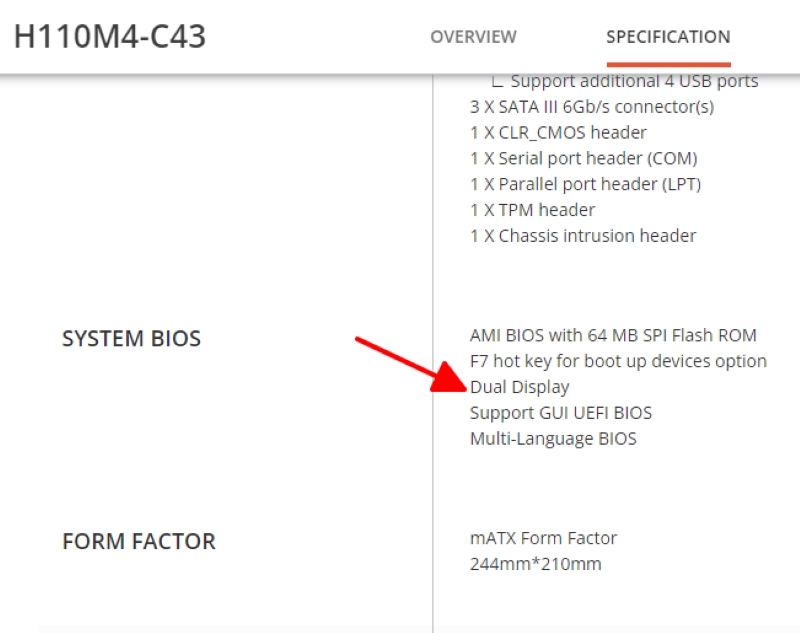
By carefully following these steps to check your PC’s graphics card and motherboard capabilities, you can confidently set up your dual monitors using HDMI and VGA, enhancing your computer’s display functionality and your overall computing experience.
How to Use HDMI and VGA at the Same Time for Dual Monitors
Setting up dual monitors using HDMI and VGA connections on your PC can be a great way to enhance your productivity and entertainment experience.
Let me guide you through this process with a step-by-step approach.
For my setup, I’ll be using a CM2406H FHD monitor with an HDMI connection as the main display and a Samsung S19C170B HD monitor for the VGA connection as my secondary display.
Here’s how to do it:
Step 1: Connect the main monitor to your PC using an HDMI cable.
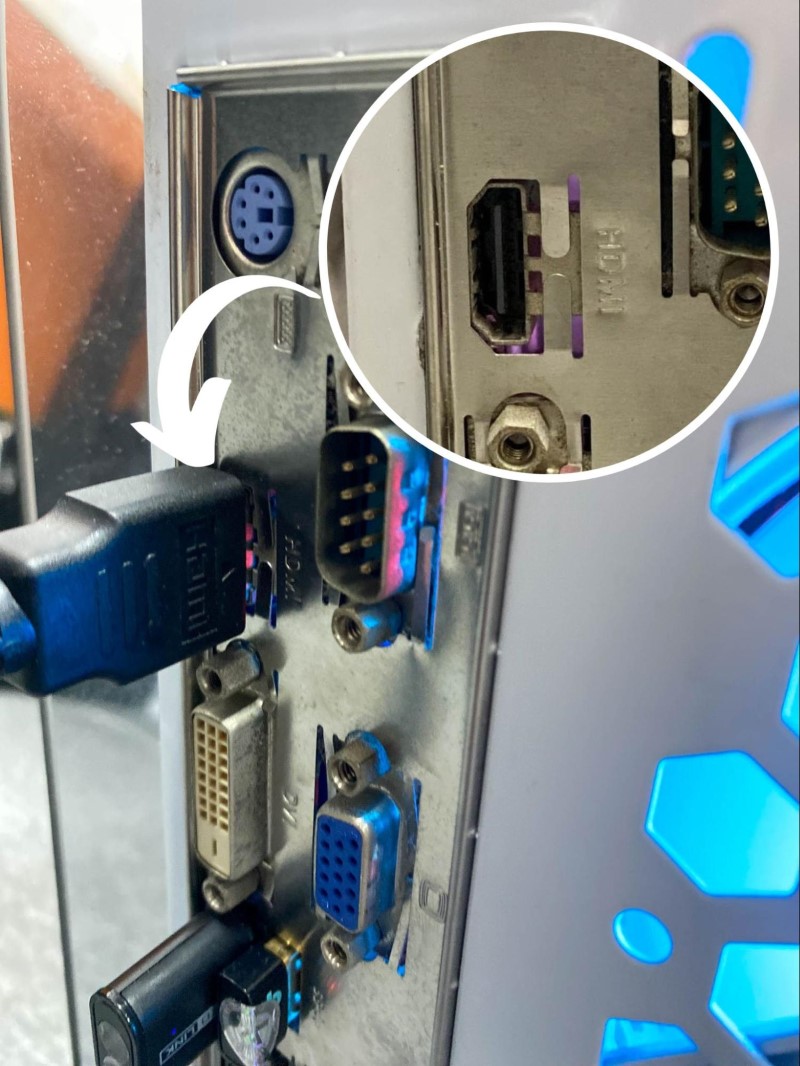
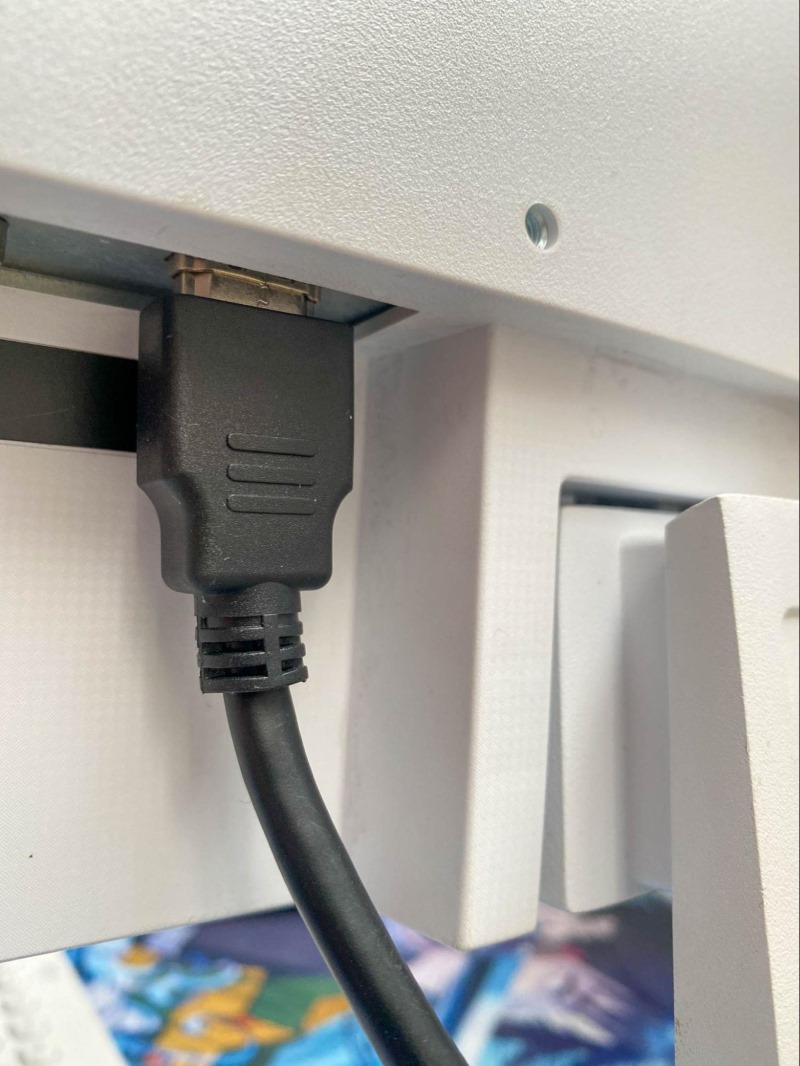
Step 2: Once connected, switch the input settings on this monitor to HDMI.
This will ensure that your PC’s output is correctly displayed on the monitor.
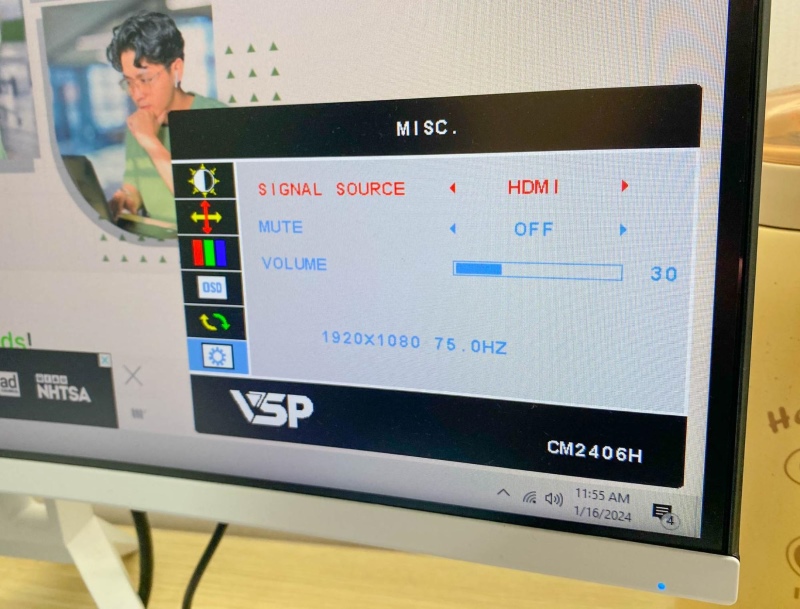
Step 3: Connect the secondary monitor to your PC using a VGA cable.
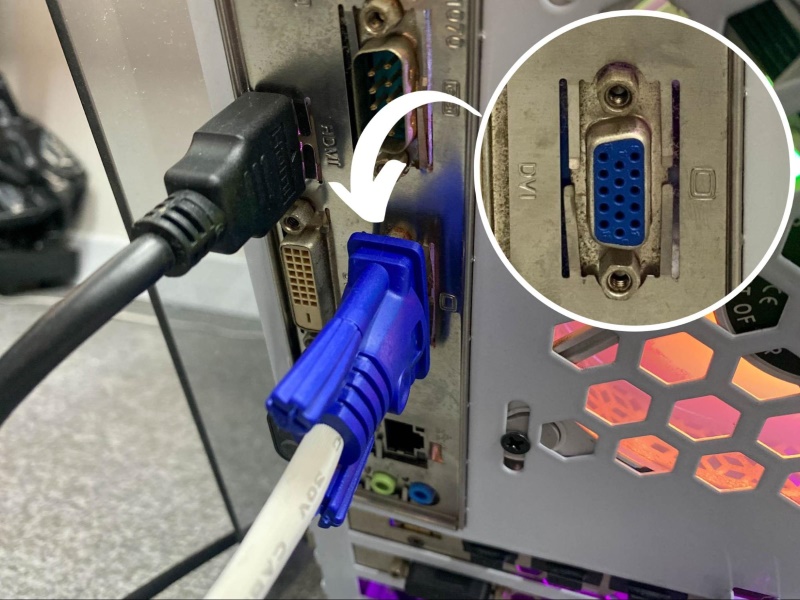
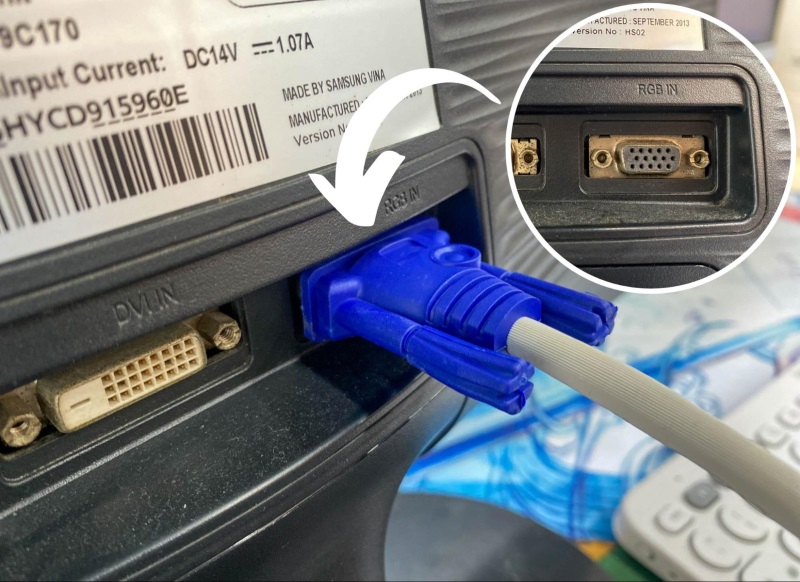
Step 4: Similar to the main monitor, change the input settings on the secondary monitor to VGA.
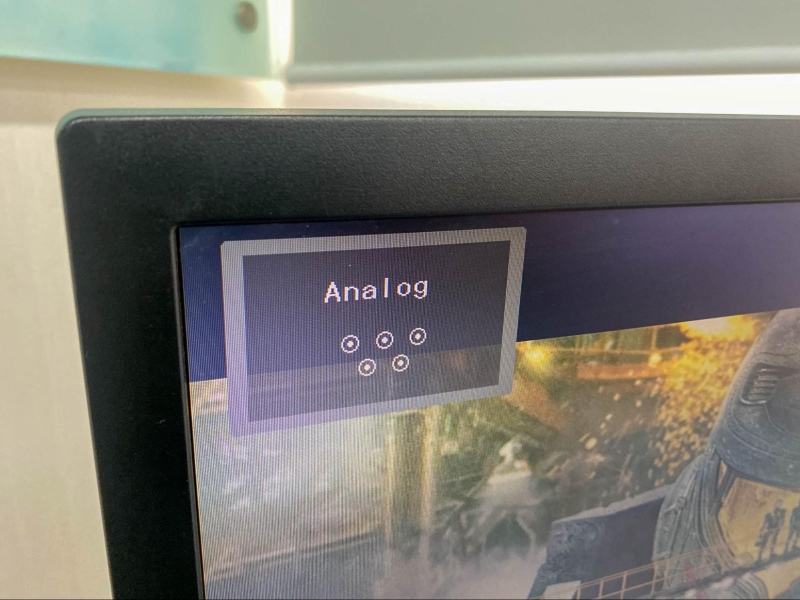
Step 5: You’ll need to adjust your PC’s Display settings to extended mode to complete the dual-monitor setup properly.
To do this, right-click on the desktop of the main monitor and select Display settings.
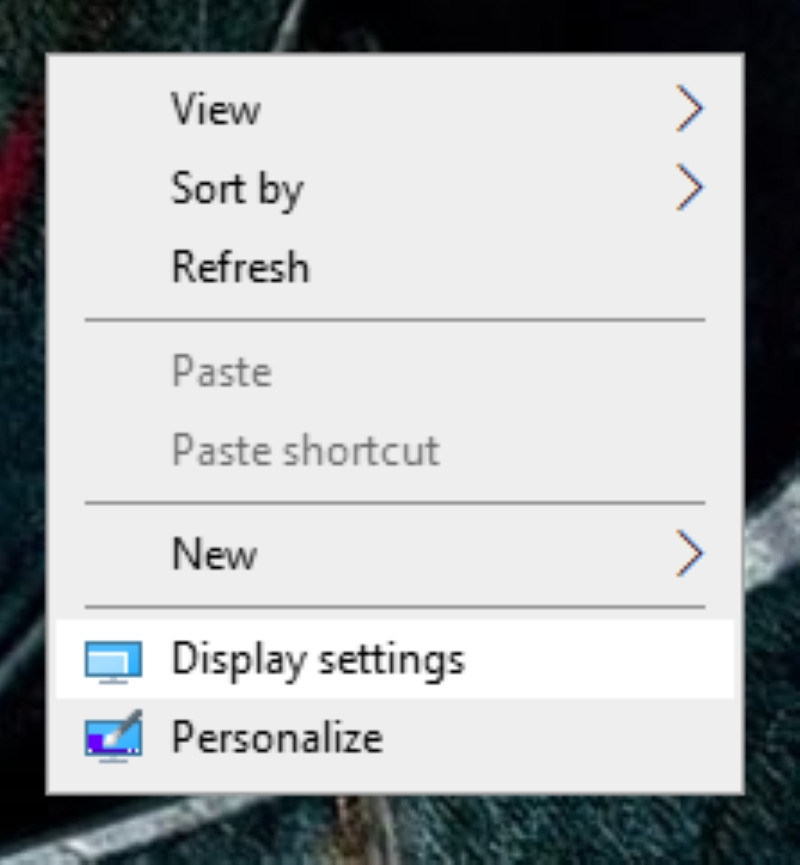
In the display settings menu, navigate to Multiple displays and make sure to select the Extend these displays option.
This setting allows you to use both monitors as an extended desktop, giving you more space to work or play.
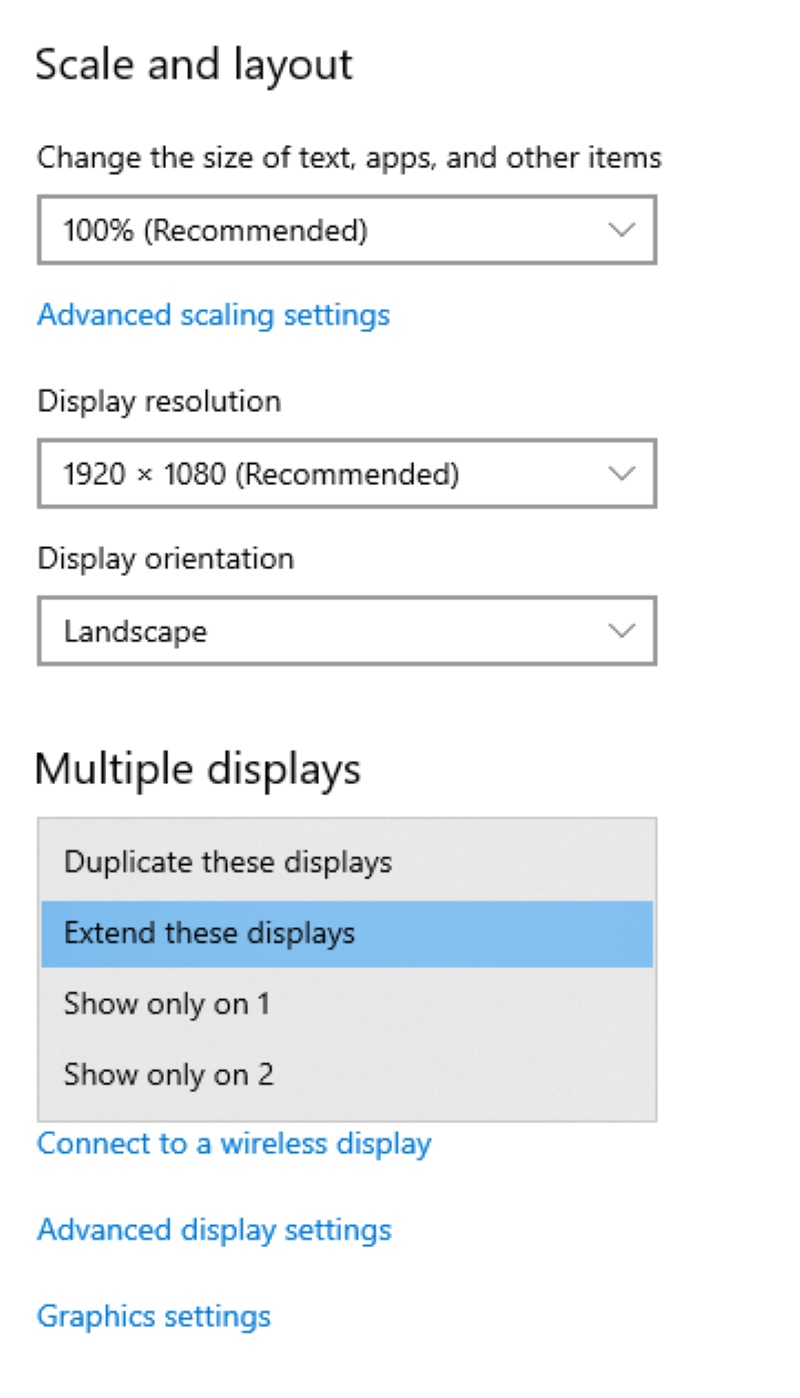
Additionally, you have the flexibility to customize each monitor’s display.
You can tweak the resolution and orientation, or even adjust the size scaling of text and apps on each screen according to your preference.
If you wish to rearrange the layout of your screens in the dual monitor setup, that’s also an option available in the same settings menu.
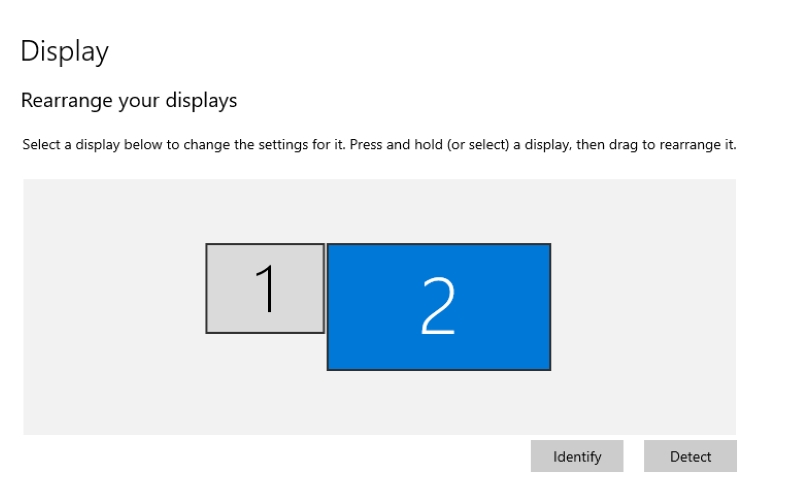
By following these simple steps, you can successfully enjoy the benefits of a dual monitor setup, whether it’s for multitasking in your studies or enhancing your gaming and movie-watching experiences.
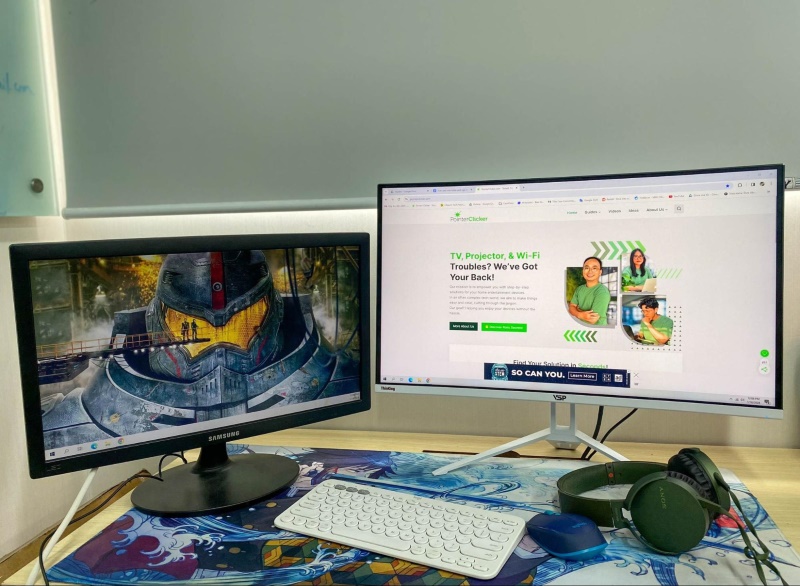
Meet Vance. He’s a proud dad, a seasoned Electronics Engineer, and an avid tech lover. His proficiency in electronics and troubleshooting skills were instrumental in crafting Pointer Clicker. Vance is passionate about simplifying tech for those who aren’t well-versed in it.


Have Windows 11. Newer monitor is HDMI connected to PC. Older monitor is also connected to same PC via VGA cable. PC recieves signals from home WiFi – all is OK — But mouse cursor will not transport to 2nd monitor or vice versa when it does skip over. Please Help
I have an HDMI Dual Splitter plugged into my Dell 7390 with Windows 11. I have two HP w1907 monitors. One is connected to the Splitter with a VGA to HDMI cable. The other is connected to the Splitter with a DVI to HDMI cable. I can get either one or the other to work, but not both at the same time. Settings won’t detect both monitors. Does anyone know if this will work?
Nice writeup. This article however does not answer the question of simultaneously using the two channels. Windows only allows you to use dual screen – that is, two at a time. In my case, I want to use three. Therefore, problem not solved.